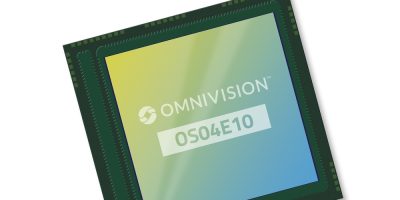To address the connectivity needs of industrial and process automation, motion control, transportation, and energy automation, Analog Devices (ADI) has introduced the ADIN2299. This is a multi-protocol industrial Ethernet switch designed to operate in a star, line, or ring topology. It supports ProfiNet, EtherCat, EtherNet/IP and Modbus TCP.
The ADIN2299 contains a communications controller, a two port 10/100Mbits per second Ethernet switch, memory, physical layer (PHY) and protocol stacks. The ADIN2299 hardware, coupled with its software and pre-certified industrial protocols, reduces system integration time while providing fast time to market, claimed ADI.
Time to design and debug time is reduced through the provision of the protocol stack but also the RTOS, file system, drivers and TCP/IP. An application processor can connect to the switch platform via a UART, SPI or Ethernet interface.
The ADIN2299 software enables the application processor to connect to a unified interface so that various industrial protocols can be used without requiring any changes to the application processor software. This eliminates the learning curve associated with incorporating additional protocols, said the company. Customers can now leverage a single field device hardware design to support multiple industrial protocols.
For cybersecurity, the ADIN2299 has a secure boot and secure update feature which ensures that only verified code is executed to reduce possible disruptions from cyber attacks.
An ADIN2299 evaluation kit is available for platform assessment and system development. An application example is provided to demonstrate end-to-end, host-to-network and interface-to controller communication. Once an application development board is connected via UART, SPI, or Ethernet interface with the ADIN2299 evaluation board, protocol communication can be evaluated using a PLC or controller simulator. This allows for a complete verification before integrating the ADIN2299 into a system, confirmed ADI.
The small form factor ADIN2299 has supplied in a 194 CSPBGA package.
The ADIN2299 is in full production now.
Analog Devices provides a suite of analogue and mixed signal, power management, radio frequency (RF), and digital and sensor technologies, serving customers in the industrial, communications, automotive, and consumer markets.





